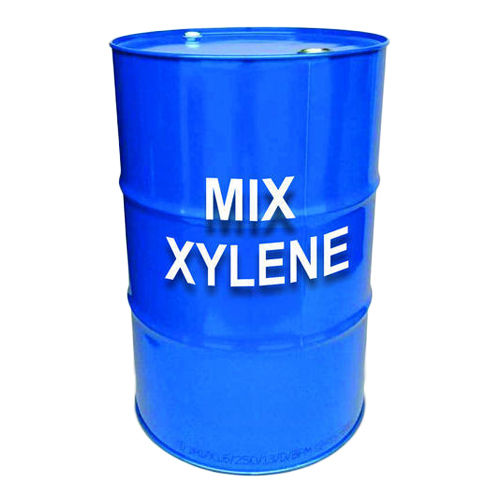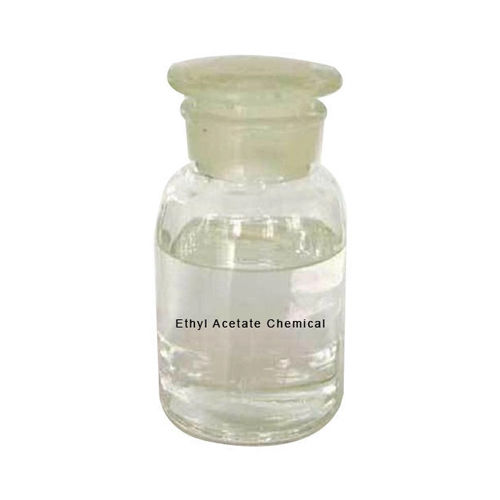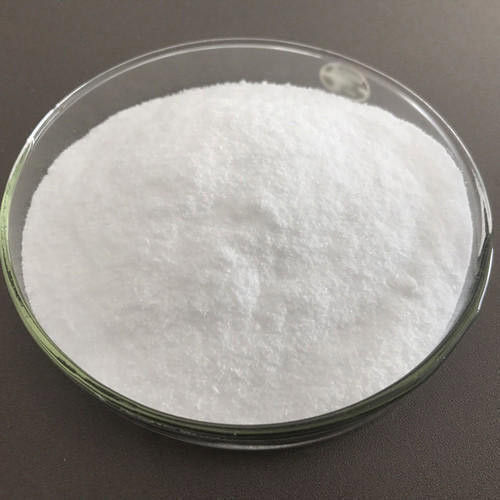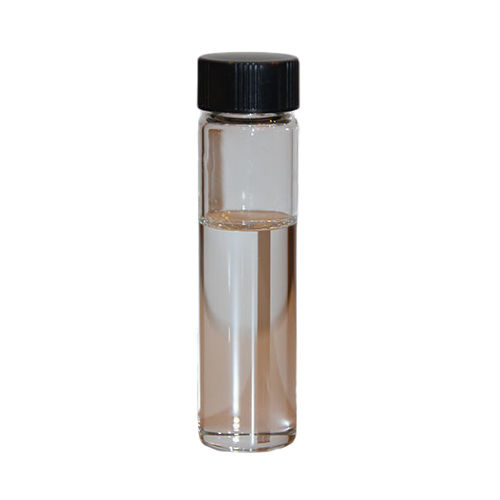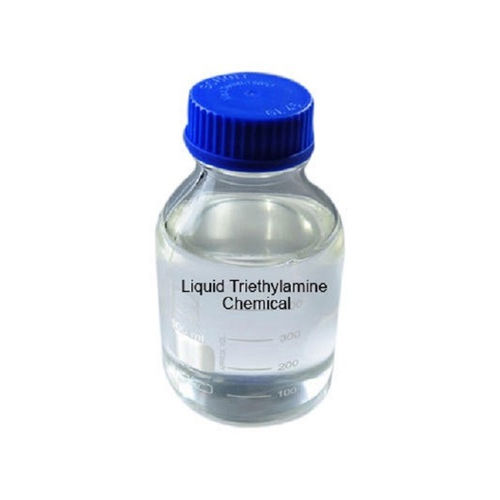Mon-Sat:10.00am to 7.00pm
Mon-Sat:10.00am to 7.00pm
Mix Xylenes
Product Details:
- Purity High
- Application Industrial
- Click to View more
Mix Xylenes Price And Quantity
- 100 INR/Kilograms
- 1000 Kilograms
Mix Xylenes Product Specifications
- Industrial
- High
Mix Xylenes Trade Information
- Cash Advance (CA)
- 5000 Kilograms Per Month
- 10 Days
- Asia Australia Central America North America South America Eastern Europe Western Europe Middle East Africa
- Jammu and Kashmir Manipur Himachal Pradesh Madhya Pradesh West India Mizoram Arunachal Pradesh Tripura Nagaland Delhi Goa Chandigarh Gujarat East India Jharkhand Meghalaya Chhattisgarh Lakshadweep Tamil Nadu Assam Haryana North India Rajasthan Bihar Uttar Pradesh South India Telangana Dadra and Nagar Haveli Odisha Punjab Uttarakhand Andhra Pradesh Central India Sikkim Daman and Diu Kerala West Bengal Maharashtra Pondicherry Andaman and Nicobar Islands Karnataka All India
Product Description
Mixed xylene is produced by the refining of crude oil, and is often obtained as a byproduct of the petroleum refining process. It can also be produced through the processing of coal tar, and through the catalytic reforming of naphtha.
FAQ
1. What applications do mixed xylene serve?
Ans - Paint and pesticide solvents are both made of mixed xylene. It is also a raw material for ethylbenzene, metaxylene (isophthalic acid), paraxylene (terephthalic acid), and orthoxylene (phthalic anhydride) (styrene monomer).
2. What distinguishes pure xylene from mixed xylene?
Ans - Both xylene and, more specifically, xylenes are terms used to describe the mixture. The term "mixed xylenes" describes a combination of the xylenes and ethylbenzene. The empirical formulae for the four compounds are C 8H 10. Generally, pyrolysis and different catalytic reforming techniques are used to create the four chemicals simultaneously.
3. How is blended xylene made?
Ans - Although there are various ways to manufacture mixed xylenes, petroleum is by far the main source; nonetheless, significant amounts of the mixed xylenes produced during petroleum refining are not isolated but rather are kept in the refinery stream for use as an octane value booster in the gasoline pool.
4. What are the various mixed xylene grades?
Ans - The Mixed Xylene can be divided into solvent grade and isomer grade according to grade. Meta-xylene, para-xylene, and ortho-xylene are produced using isomer grade mixed xylene as raw materials.

 English
English Spanish
Spanish French
French German
German Italian
Italian Chinese (Simplified)
Chinese (Simplified) Japanese
Japanese Korean
Korean Arabic
Arabic Portuguese
Portuguese